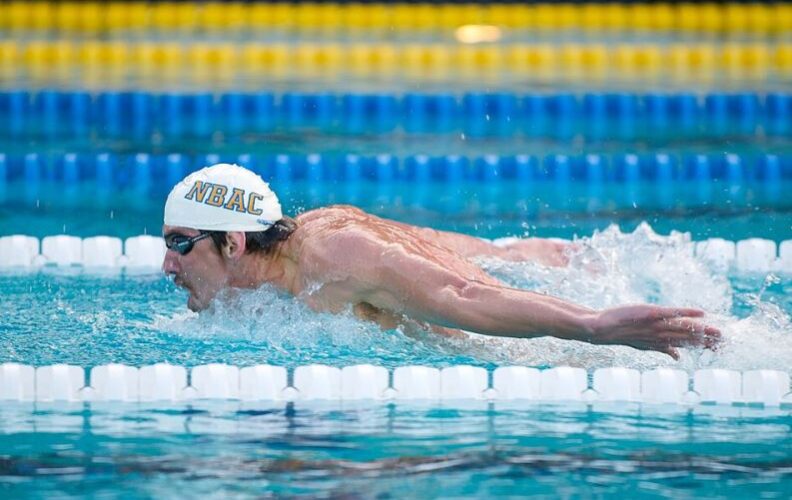What Are The Uses & Benefits of Cupping Therapy

When Michael Phelps made his debut at the 2016 Olympic Games in Rio de Janeiro, spectators noticed something unusual about the gold-medal-winning swimmer. His back and shoulders were covered in perfectly round purple bruises, a few inches in diameter.
The explanation for the circular markings? Cupping therapy, a form of ancient Chinese medicine purported to treat athletic aches and other pains.
“I’ve done it before meets, pretty much every meet I go to,” Phelps said in Rio, according to the New York Times. “So I asked for a little cupping yesterday because I was sore and the trainer hit me pretty hard and left a couple of bruises.”
Cupping therapy is an ancient form of alternative medicine in which a therapist puts special cups on your skin for a few minutes to create suction. People get it for many purposes, including to help with pain, inflammation, blood flow, relaxation and well-being, and as a type of deep-tissue massage.
The cups may be made of:
- Glass
- Bamboo
- Earthenware
- Silicone
Cupping therapy might be trendy now, but it’s not new. It dates back to ancient Egyptian, Chinese, and Middle Eastern cultures. One of the oldest medical textbooks in the world, the Ebers Papyrus, describes how the ancient Egyptians used cupping therapy in 1,550 B.C.
Types
There are different methods of cupping, including:
- Dry
- Wet
During both types of cupping, your therapist will put a flammable substance such as alcohol, herbs, or paper in a cup and set it on fire. As the fire goes out, they put the cup upside down on your skin.
As the air inside the cup cools, it creates a vacuum. This causes your skin to rise and redden as your blood vessels expand. The cup is generally left in place for up to 3 minutes.
A more modern version of cupping uses a rubber pump instead of fire to create the vacuum inside the cup. Sometimes therapists use silicone cups, which they can move from place to place on your skin for a massage-like effect.
Wet cupping creates a mild suction by leaving a cup in place for about 3 minutes. The therapist then removes the cup and uses a small scalpel to make light, tiny cuts on your skin. Next, they do a second suction to draw out a small quantity of blood.
You might get 3-5 cups in your first session. Or you might just try one to see how it goes. It’s rare to get more than 5-7 cups, the British Cupping Society notes.
Afterward, you may get an antibiotic ointment and bandage to prevent infection. Your skin should look normal again within 10 days.
Cupping therapy supporters believe that wet cupping removes harmful substances and toxins from the body to promote healing. But that’s not proven.
Some people also get “needle cupping,” in which the therapist first inserts acupuncture needles and then puts cups over them.
What Does the Research Show?
One report, published in 2015 in the Journal of Traditional and Complementary Medicine, notes that it could help with acne, herpes zoster, and pain management.
That’s similar to the findings from a 2012 report, published in PLoS One. Australian and Chinese researchers reviewed 135 studies on cupping. They concluded that cupping therapy may be effective when people also get other treatments, like acupuncture or medications, for various diseases and conditions, such as:
- Herpes zoster
- Acne
- Facial paralysis
- Cervical spondylosis
The British Cupping Society says that cupping therapy is used to treat:
- Blood disorders such as anemia and hemophilia
- Rheumatic diseases such as arthritis and fibromyalgia
- Fertility and gynecological disorders
- Skin problems such as eczema and acne
- High blood pressure
- Migraines
- Anxiety and depression
- Bronchial congestion caused by allergies and asthma
- Varicose veins

